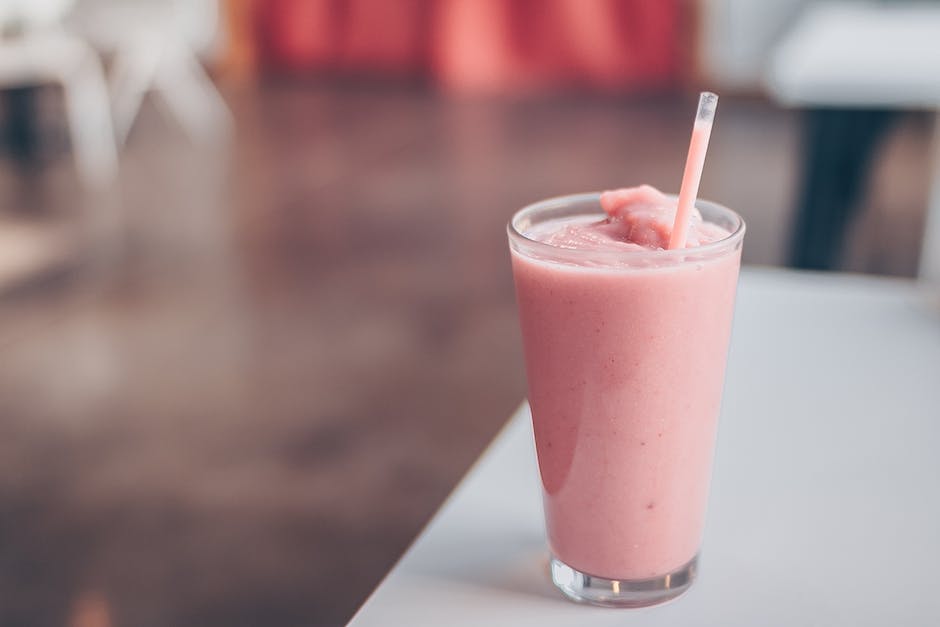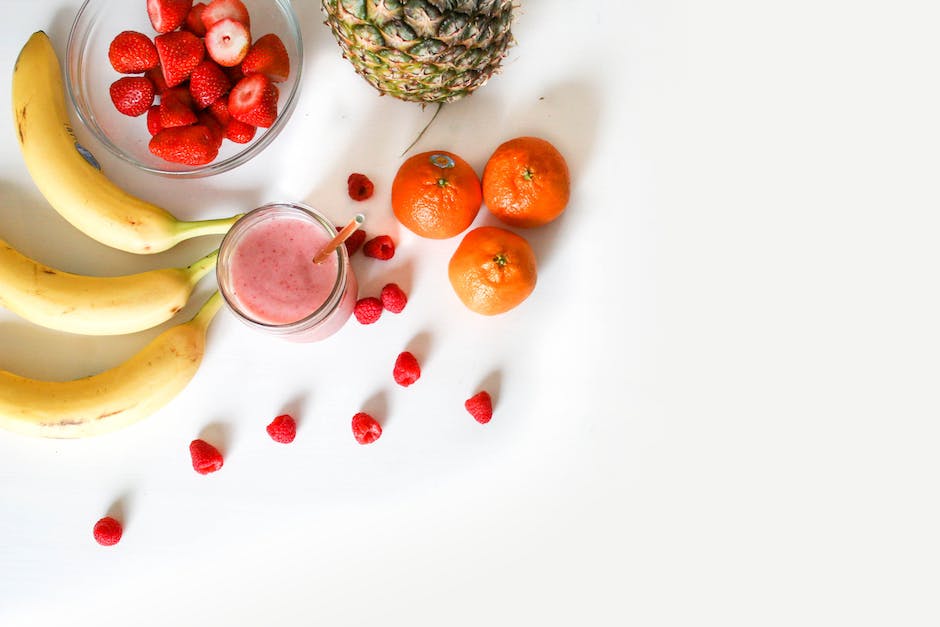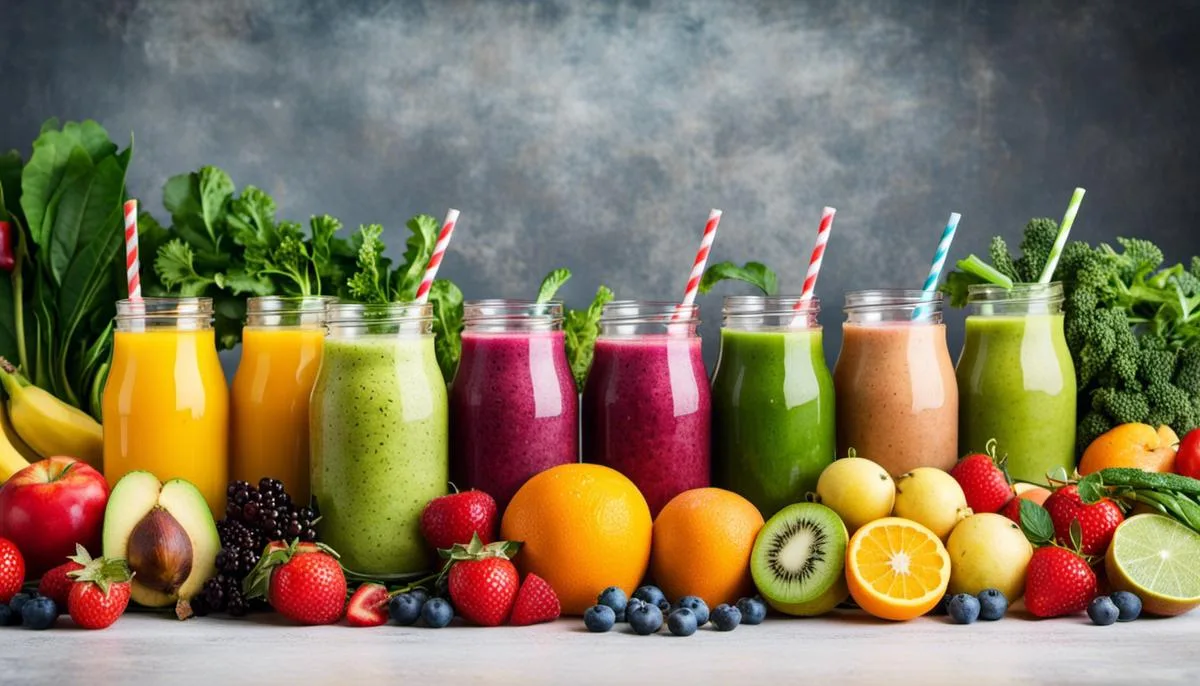Embarking on a journey towards healthier living often begins with understanding the magic behind the food we consume and transforming it into nutritious and delicious meals. One of the increasingly popular methods for weight loss and overall health improvement are homemade smoothies – a concoction of fruits, vegetables, and various beneficial ingredients.
However, creating a weight loss smoothie is not just about blending random healthy ingredients together, it requires understanding of nutrition basics including the role of proteins, carbs, and fats in our bodies, acknowledging your daily calorie needs, and crucially, knowing how to create a calorie deficit for weight loss. This essay aims to provide comprehensive insights into not only identifying the best ingredients for weight loss smoothies and their nutritional benefits but also formulating balanced smoothie recipes and understanding the right way to prepare them for better digestion and absorption.
Understanding Nutrition Basics
Understanding the Role of Proteins, Carbs, and Fats
Before we delve into weight loss smoothie recipes, it’s essential to understand the roles of proteins, carbohydrates, and fats in our body.
Proteins
Proteins are vital for tissue growth and repair, hormone regulation, enzyme production, and maintaining immune health. They provide you with the necessary amino acids that your body cannot manufacture on its own.
Carbohydrates
Carbohydrates represent your body’s primary energy source. They are converted into glucose, fueling your brain, kidneys, heart muscles, and the central nervous system. Keep in mind that not all carbohydrates are created equal. For weight loss, opt for complex carbs found in whole grains, vegetables, beans, and peas.
Fats
Fats play numerous vital roles in the body, such as hormone production, nutrient absorption, and temperature regulation. They also protect our organs. Like with carbohydrates, there are good and bad fats. Unsaturated fats, found in avocados, nuts, fish, and olive oil, are considered healthy fats.
Daily Calorie Needs and Calorie Deficit for Weight Loss
Your daily calorie needs depend on various factors like age, gender, weight, height, and physical activity level. Each person’s metabolic rate and lifestyle are unique, so their caloric needs will be different. It can be calculated using the Mifflin-St Jeor equation, Harris-Benedict formula, or other similar methods.
To lose weight, you have to consume fewer calories than you burn each day, creating a calorie deficit. One pound of weight loss requires a calorie deficit of 3500 calories. Therefore, to lose one pound per week, you would need to create a daily deficit of 500 calories. This can be achieved either by increasing physical activity or consuming fewer calories, or a combination of both.
Creating Weight Loss Smoothies
With knowledge of protein, carbohydrates, and fats, and understanding about calorie needs and deficit, you have groundwork for creating your weight loss smoothies. Food items rich in proteins like Greek yogurt, chia seeds, or pea protein powder could be added to your smoothie for satiety and muscle repair. Low-calorie fruits and vegetables, full of complex carbohydrates and fiber, like spinach, berries, or cucumber contribute essential vitamins and minerals.
Also, adding a small amount of healthy fat will help absorption of fat-soluble vitamins, and make your smoothie more filling. Avocados, flax seeds, or a spoonful of almond butter could serve this purpose. Remember the goal is to maintain a calorie deficit, so portions need to be monitored closely.
Remember that weight loss smoothies are tools in your overall healthy diet and fitness regimen. They should complement a balanced diet, regular exercise, and adequate rest for optimal results.

Smoothie Ingredients and Their Benefits
Best Fruits for Weight Loss Smoothies
Fruits like berries, bananas, kiwi, and apples are excellent choices for weight loss smoothies. Berries such as strawberries, blueberries, blackberries, and raspberries are packed with antioxidants that improve body metabolism and reduce inflammation, supporting weight loss. They are also low in calories but high in fiber; hence they can add bulk to your smoothie and keep you fuller for longer periods, leading to a reduced consumption of calories.
Bananas, though slightly higher in calories, deliver great benefits due to their high content of fiber and resistant starch that aid in weight loss. They make your smoothie creamy while regulating your blood sugar levels. Kiwi fruits are low in calories and high in fiber, supporting digestion and satiety. Apples are rich in dietary fiber and have a high water content which can help in maintaining a healthy weight.
Best Vegetables for Weight Loss Smoothies
Vegetables like spinach, kale, and cucumber are great in weight loss smoothies. Spinach is low in calories and high in fiber, making you feel full, thus reducing overeating. It’s also packed with iron and magnesium, promoting metabolic health.
Kale is a nutrient-dense vegetable packed with dietary fiber and zero fat, making it an excellent choice for those looking to lose weight. Moreover, it contains vitamin C, which enhances digestion and metabolic stability for effective weight loss. Cucumbers are mainly water, which aids hydration and may assist in weight loss. They are also low in calories and high in vitamins and minerals.
Other Ingredients for Weight Loss Smoothies
In addition to fruits and vegetables, other ingredients can enhance the effectiveness of your weight loss smoothies. Chia seeds are rich in fiber and protein, boosting feelings of fullness, reducing appetite, and supporting a healthy metabolic rate.
Flax seeds are rich in dietary fiber, protein, and omega-3 fatty acids, supporting healthy digestion and weight management. Greek yogurt, or non-dairy alternatives like almond or coconut yogurt, are high in protein, aiding in weight loss by reducing appetite and increasing feelings of fullness. These also give your smoothie a thick, creamy base.
Unsweetened almond milk is another great low-calorie, nutrient-rich addition that can give your smoothie a boost without undoing the benefits of the fruits and vegetables used.
A bit of cayenne pepper or cinnamon can stimulate metabolism, aiding in weight loss. Both of these spices have thermogenic properties that help boost metabolism and burn calories.
Protein powder, particularly plant-based ones, can also be beneficial. They serve as a source of sustained energy, help repair and build muscle, and keep you feeling full longer.
Including the ingredients mentioned above in your smoothies can help you achieve your weight loss goals and maintain a healthy lifestyle. Ensure you keep your smoothie calories under control to attain the desired result.

Creating Balanced Smoothie Recipes
The Core Components of a Balanced Smoothie
To make a balanced smoothie, you need a good mix of three primary nutrients: carbohydrates, proteins, and fats. While carbs provide you with energy, proteins help build muscles, and fats offer essential nutrients.
Carbohydrates: Good sources include fruits and vegetables, which also boost your smoothie’s taste and texture. Leafy greens like kale and spinach, berries, apples, pears, and bananas make excellent additions.
Proteins: Ideal sources include Greek yogurt, tofu, and protein powders. These not only enhance the nutritional content but also make your smoothie thicker.
Fats: Go for healthy fats like avocados, nuts and seeds, chia seeds, or flaxseeds. These not only give a creamy touch to your smoothie but also keep you feeling full for longer.
How to Build Your Own Weight Loss Smoothie Recipe
Building your weight loss smoothie recipe is a personal process that incorporates your taste preferences and dietary needs. However, here are some simple steps you can follow to create a balanced and personalized smoothie recipe:
- Start with Your Liquid Base: This could be any unsweetened milk like almond, coconut, or even simple water. Aim for 1-2 cups for a single serving.
- Add Your Protein: Add about 10-30 grams of protein to your smoothie, which counts to about one scoop of protein powder, 6 ounces of Greek yogurt, or a ½ cup of tofu.
- Get Your Carbs: Add 1-2 cups of fruits and vegetables. Ideally, you should include both: a handful of greens and a smaller amount of fruit for sweetness.
- Include Healthy Fats: Add about 1-2 tablespoons of fats into your smoothie. This could be a small handful of nuts, 1 tablespoon of chia or flaxseeds, or ¼ of an avocado.
- Optional Extras: For extra flavor, nutrition, or both, you can add ingredients like honey, spices like cinnamon or turmeric, or extras like cocoa powder or vanilla extract.
Remember, the key to a satisfying smoothie is balance. Too much of any nutrient can turn your healthy beverage into a calorie bomb. Be mindful of your ingredients and their proportions, and enjoy your nutritious and weight-loss-friendly smoothie!
Balanced Smoothie Recipe Example
Here’s an example of a balanced weight loss smoothie recipe that you can try:
- 1 cup unsweetened almond milk (liquid base)
- 1 scoop of vegan protein powder (protein)
- 1 cup of mixed greens and ½ banana (carbs)
- 1 tablespoon of chia seeds (healthy fats)
- A dash of cinnamon (optional extra)
Blend all these ingredients until smooth and enjoy a balanced, nutritious, and weight loss-friendly breakfast or snack.

Practical Smoothie Making
Understanding Smoothie Basics
Smoothies are a great way to pack in nutrients, vitamins, and minerals. When done right, they can be a powerful weight-loss tool. The basic ingredients for a smoothie are fruits or vegetables, a protein source, a healthy fat source, and a liquid base such as water or milk. The quantities of each can greatly affect both the nutritional content and the taste of your smoothie.
Choosing the Right Ingredients
For weight loss smoothies, it’s important to choose ingredients that are high in fiber and low in sugar. Berries, leafy greens, and other nutrient-dense fruits and vegetables are great choices. For proteins, consider greek yogurt, tofu, or protein powders. Healthy fats can come from food like avocados, chia seeds, or some nuts. Liquids can be anything from water to unsweetened almond or soy milk, but avoid sweetened beverages like fruit juice. Try to limit your sugar intake to natural sugars from fruits and avoid adding any extra sugars or sweeteners.
Investing in the Right Equipment
A powerful blender is key to creating a smooth and well-blended smoothie. While it might be tempting to use a cheap blender, investing in a higher-quality one will save you time in the long run as it will easily break down all ingredients, especially tougher ones like leafy greens.
Smoothie Preparation
To make your smoothie, start by adding your liquid base to the blender. This helps the blender blades move freely for an even, smooth blend. Then add your fruits and vegetables, followed by your protein source and healthy fats.
Making Your Smoothie
Once your ingredients are added to the blender, blend the mixture on a medium to high setting until it reaches a smooth consistency. Depending on your blender’s power and the toughness of your ingredients, you may need to stop and stir your mixture before blending again. The goal is to get a smooth, even consistency with no large chunks of fruit or greens.
Boost Digestion and Absorption
Adding a source of fiber can greatly improve digestion, and therefore nutrient absorption. Chia seeds, flax seeds, and oatmeal are great sources of fiber that can easily be added to any smoothie. Including a variety of fruits and vegetables will also provide a wide range of different nutrients for your body.
Tasting Your Creation
Once your smoothie is blended to your liking, give it a taste. If it’s not sweet enough, consider adding more fruit, or a natural sweetener like stevia or agave. You can also boost its creaminess by adding more yogurt or avocado.
Experiment and Discover
The beauty of smoothies is that they’re highly adaptable to fit your personal tastes and nutritional needs. Don’t be scared to experiment with various ingredients and flavors to find combinations that you love. And as with any dietary changes, remember to monitor how you feel after consuming these smoothies. This will help you understand what suits your body best for your weight loss journey.

Ultimately, acquiring the knowledge and skills to make weight loss smoothies introduces a fun, delicious, and efficient way to embark on a weight loss journey. A comprehensive understanding of nutritional fundamentals, appreciating the pros of specific smoothie ingredients, and mastering the art of creating balanced smoothie recipes has the potential to revolutionize one’s diet and health. With this knowledge in hand, you’re not only equipped to prepare mouth-watering smoothies, but your broader understanding of nutrition and health will enable you to make informed food choices in your everyday life. It’s not just about the smoothies, it’s about embracing a healthier, more conscious lifestyle.
Thank you for reading this post, don't forget to subscribe to our free newsletter
!
